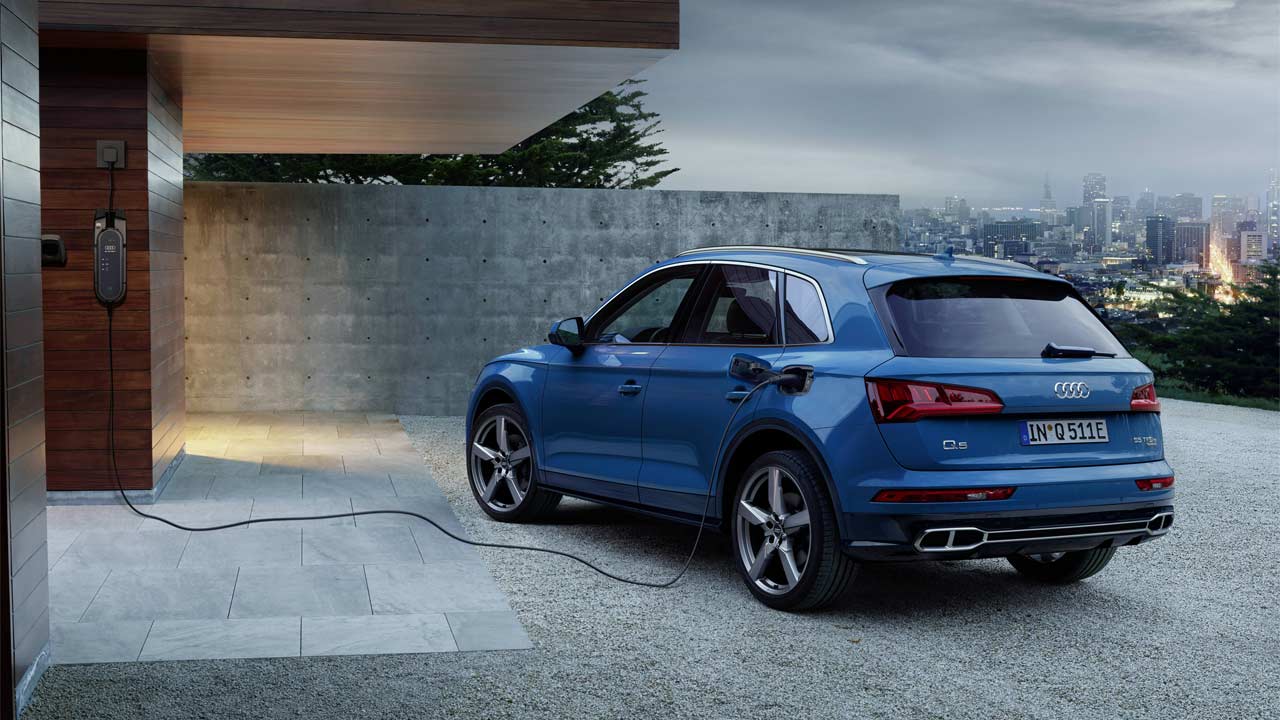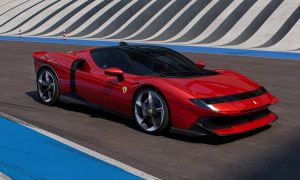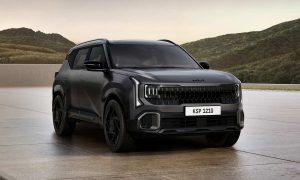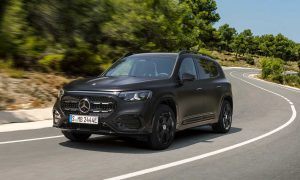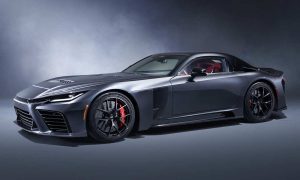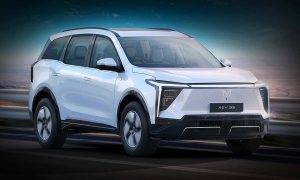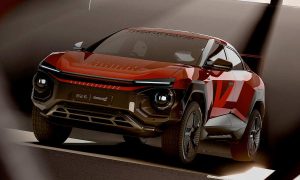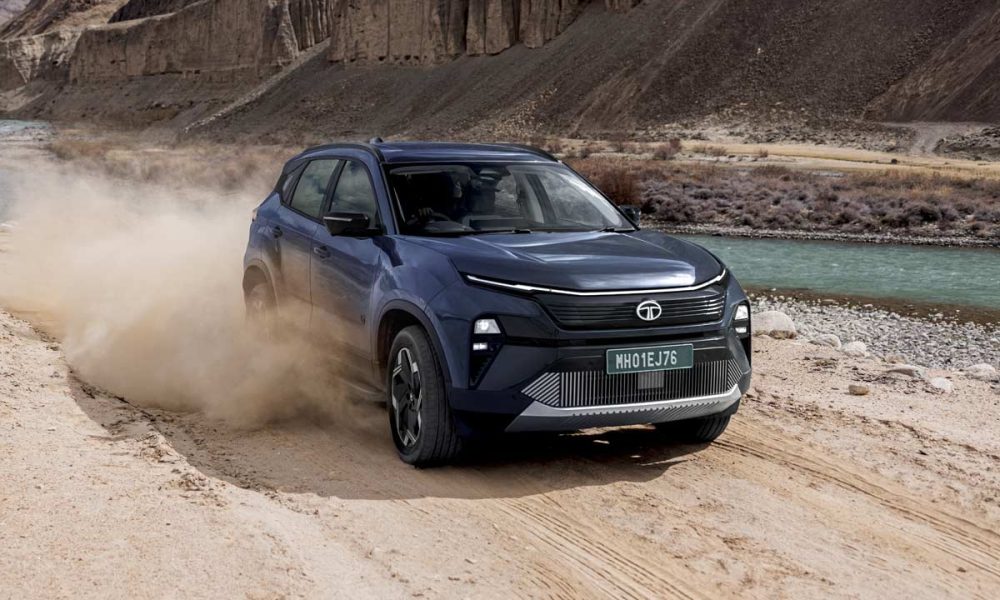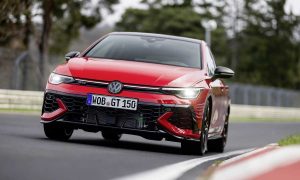The latest model to join the plug-in hybrid club is the Q5 55 TFSI e quattro. As the last bit of the name would suggest, the drivetrain comprises of a combustion engine and an electric motor.
Speaking of which, the 2.0-litre 4-cylinder turbocharged gasoline engine produces 185 kW (252 hp) and 370 Nm of torque, combined with an electric motor on the front axle that puts out 105 kW (143 hp) and a peak torque of 350 Nm. However, the combined system output is limited to 270 kW (367 hp), and 500 Nm of torque available at just above 1250 rpm. The Q5 plug-in hybrid is claimed to sprint from 0-100 km/h in 5.3 seconds and on to a top speed of 239 km/h.
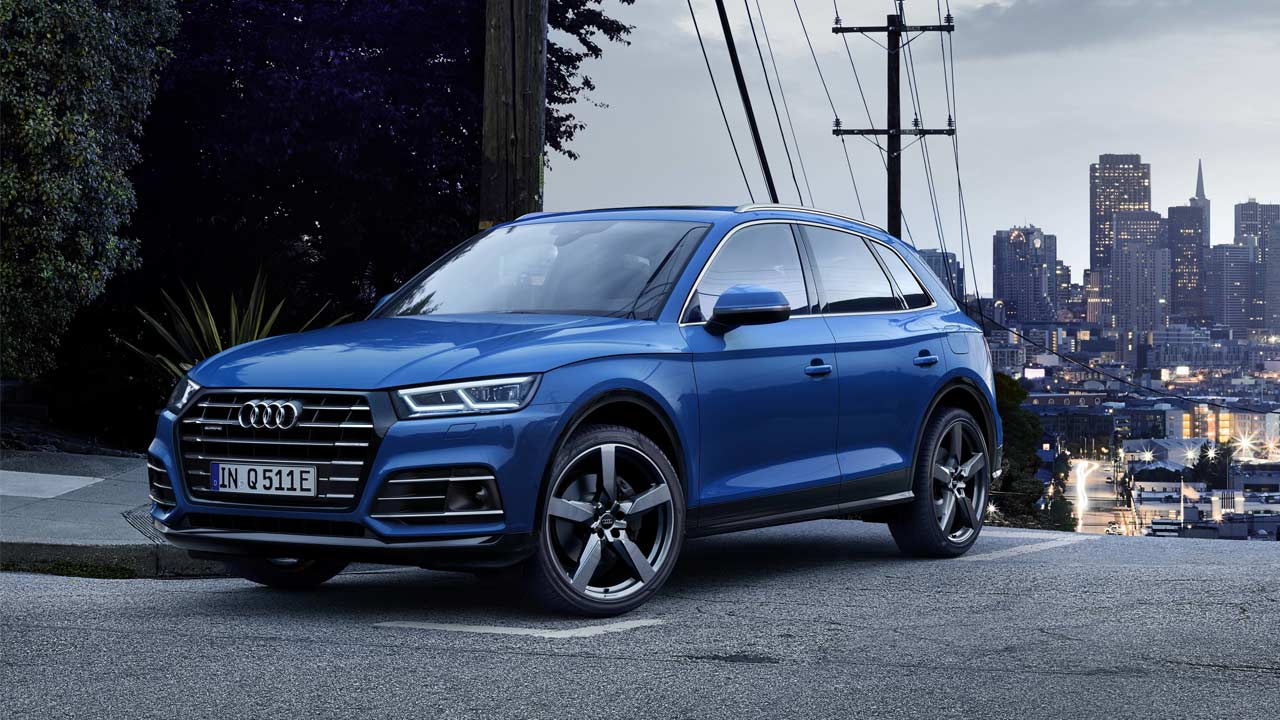
The 7-speed S tronic transmission transfers the drive torque to the quattro AWD system. When AWD is not required, the transmission of power to the rear wheels is deactivated yet remains available at all times; according to Audi, the system follows a three-stage strategy: proactive, predictive and reactive.
The 14.1 kWh/381 volt lithium-ion battery pack is located under the luggage compartment floor, and is made up of 104 prismatic cells. It offers a pure electric driving range of over 40 km as per WLTP. Top speed in electric mode is 135 km/h.
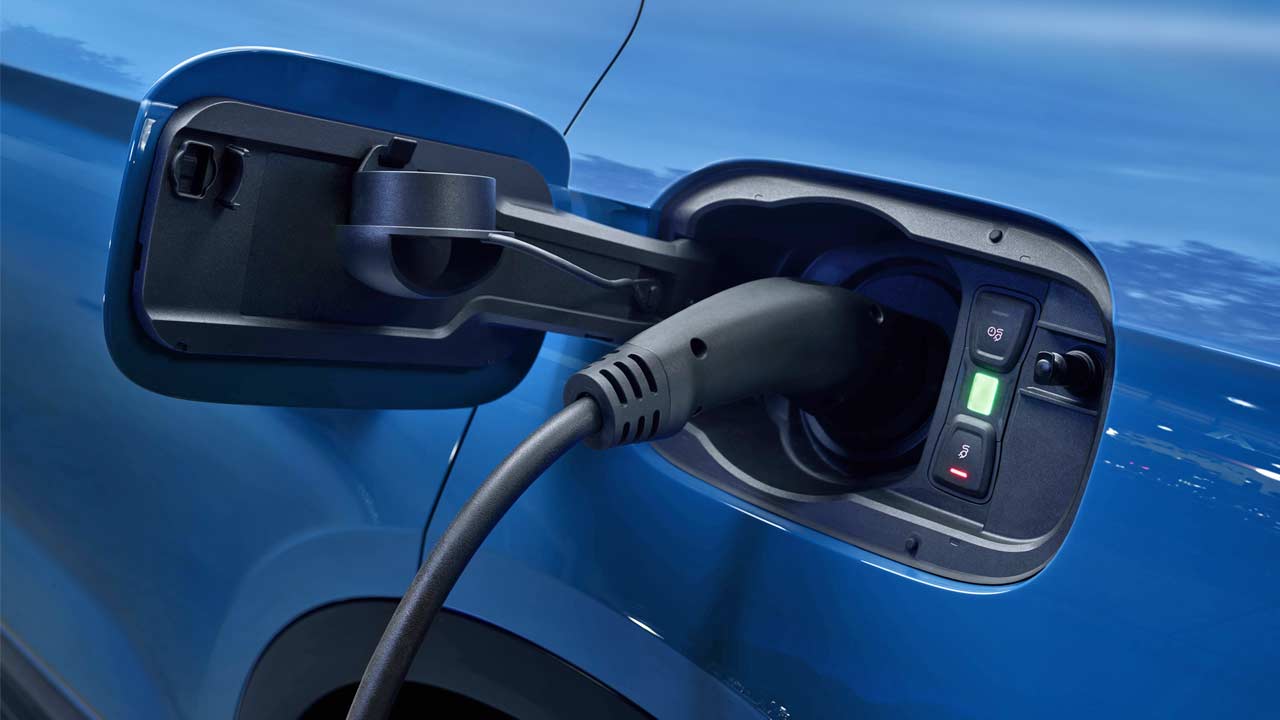
The Q5 55 TFSI e quattro comes standard with the Compact Charging System plus a Mode 3 cable with Type 2 plug for use at public charging stations. The system comprises of cables for household and industrial outlets plus a control unit. It features an LED status display and safety functions such as temperature and residual current monitoring. Audi also offers the optional wall mounting clip, a lockable holder for the charging system. A full charge at a CEE industrial outlet with 400 V/16 A takes 2.5 hours, Audi said. However, with a 230 V household outlet, a flat battery takes roughly 6 hours to get fully recharged.
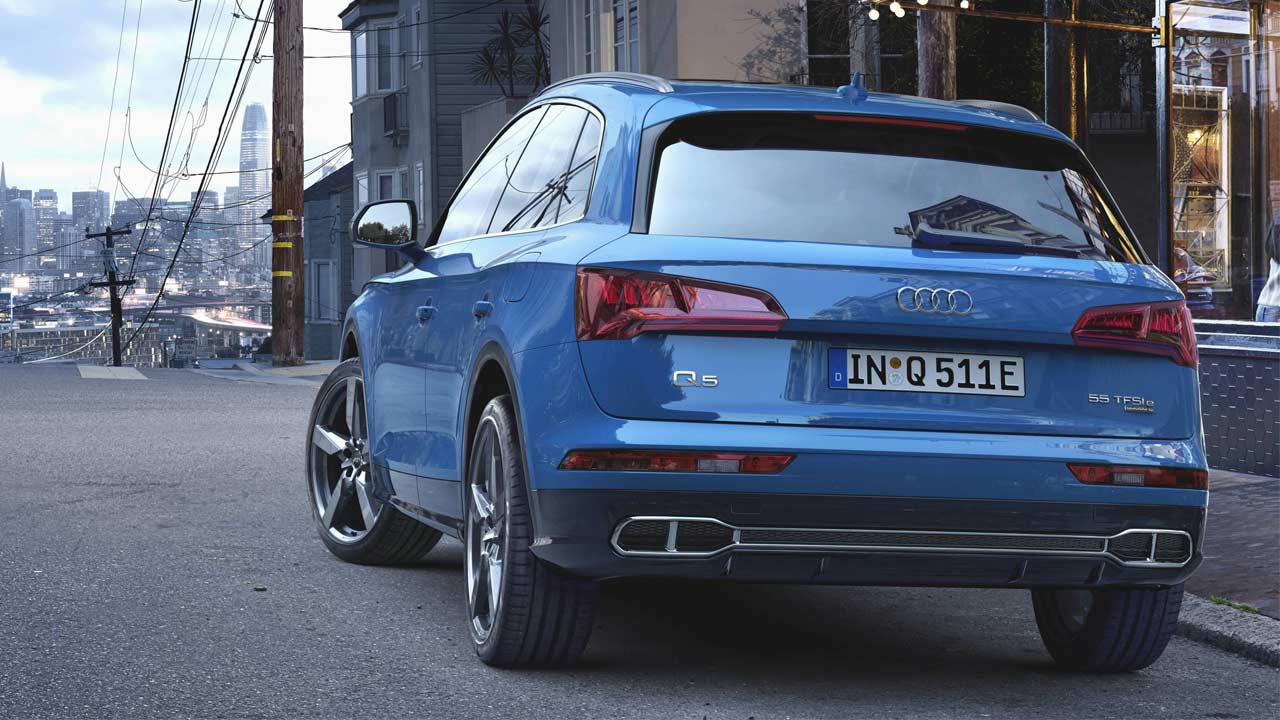
EV mode is the default setting each time the vehicle is started. Hybrid mode is activated automatically based on the route in the navigation system; it can also be activated manually via Mode button. According to Audi, coasting recuperation can recover up to 25 kW of power. The electric motor is responsible for all light braking up to 0.1 g, i.e., the majority of braking in everyday driving. There’s also a Battery Hold mode where the battery capacity is held at its current level.
The predictive efficiency assistant (PEA) adjusts coasting recuperation behavior to the situation at hand. It uses the predictive route data from the navigation database and monitors the distance to the vehicle ahead using signals from the camera and radar. Depending on the situation, the system chooses predictively between freewheeling with the engine switched off and coasting recuperation, the company said.
When the adaptive cruise control (ACC) is active, the PEA supports the driver by automatically braking and accelerating with a goal of enhancing efficiency. If the driver is driving without ACC, however, a haptic signal from the active accelerator pedal and a visual signal in the cockpit and head-up display indicate the proper time to let off the accelerator to use as much kinetic energy as possible.
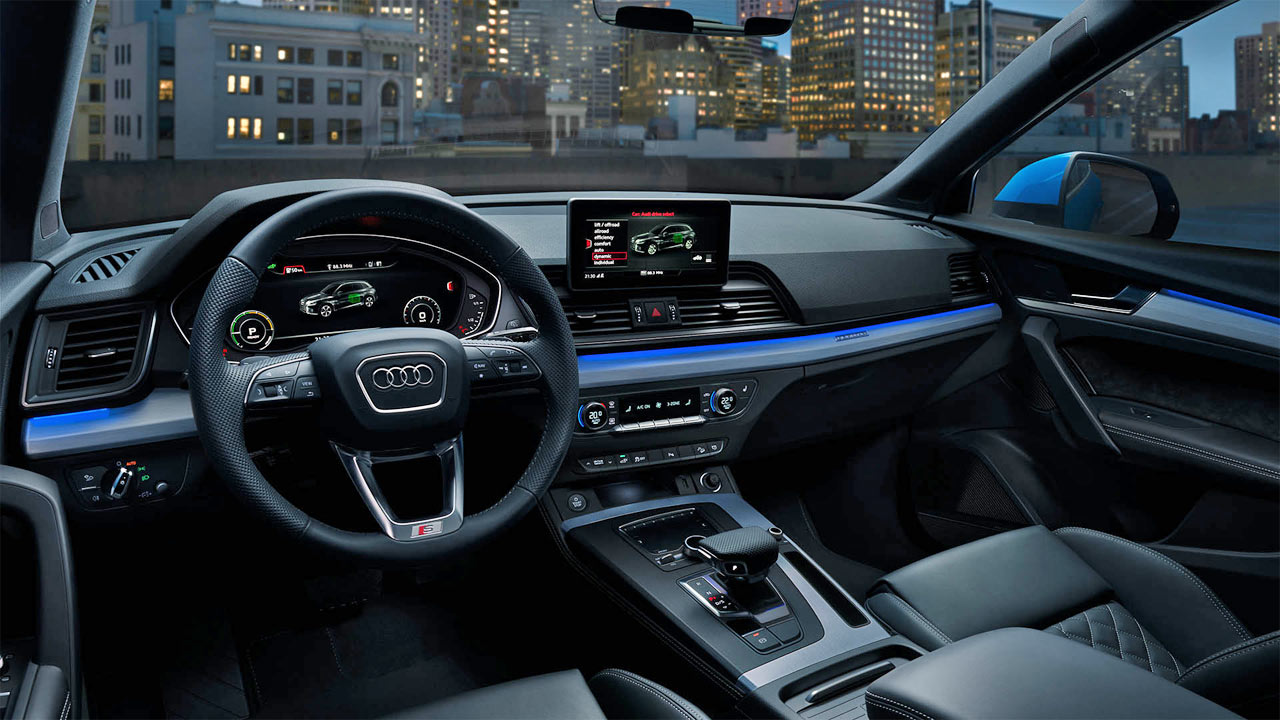
Standard equipment includes LED headlights, sport seats, 3-zone automatic climate control, PHEV-specific displays, and 18-inch wheels in a five-arm turbine design. The rear seats’ back rest angle can be adjusted. Sporty details from the S line exterior package includes S line bumpers front and rear, Singleframe grille with various elements in dark chrome, and diffuser with a double clasp.
The Audi Q5 55 TFSI e quattro carries a base price tag of €60,450 in Germany.

Leave a Reply
Note: Comments that are unrelated to the post above get automatically filtered into the trash bin.
